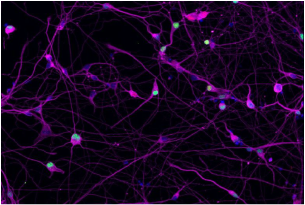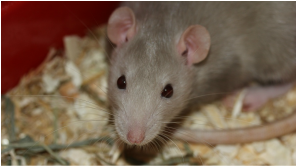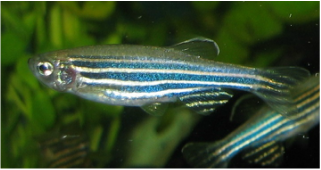Research Interests
iPSC Models of Genetic EpilepsiesUsing epilepsy patient cells, we can generate neuron cultures to investigate the mechanisms of genetic epilepsies and begin developing individualized therapies.
|
Rodent Models of Epilepsy
We induce epilepsy in rodents via genetic manipulations to study genetic epilepsies, or by specific brain insults to investigate acquired epilepsies. The goal is to understand how specific gene mutations or brain insults cause epilepsy, and to develop novel therapies to treat or prevent epilepsy.
|
Adult NeuroregenerationMany fish and reptiles have the ability to regenerate most or all portions of the body. For zebrafish, this includes regeneration of significant portions of the brain. We are currently investigating the processes involved in this regrowth and identifying key differences in mammals.
|



